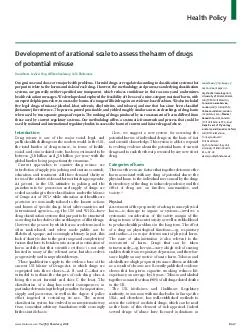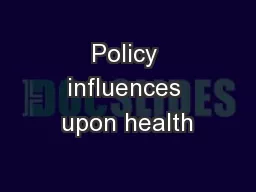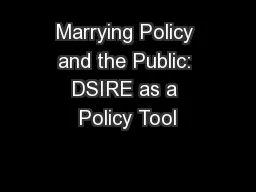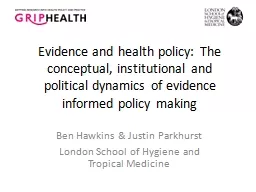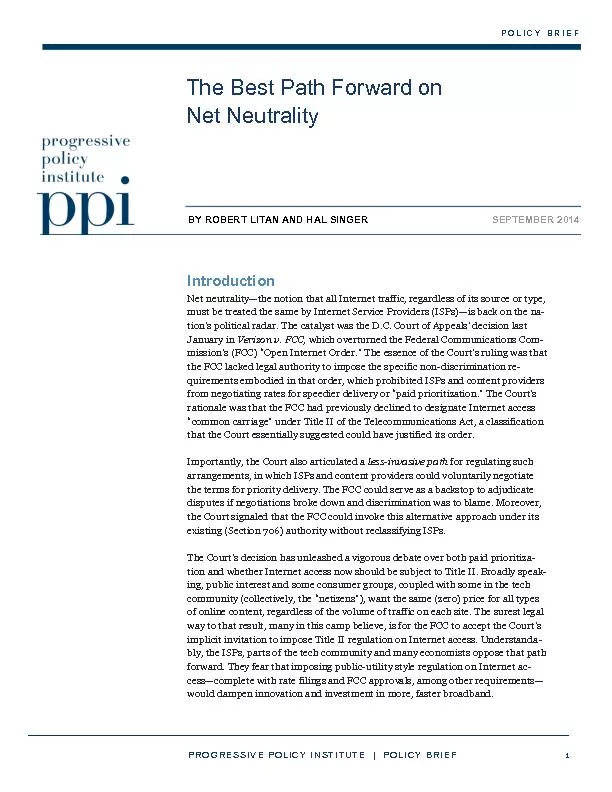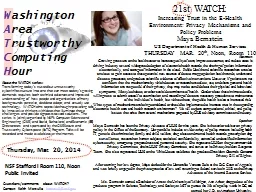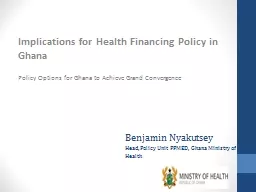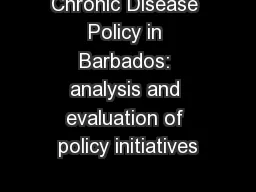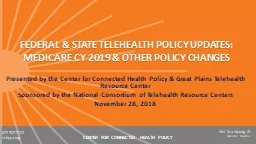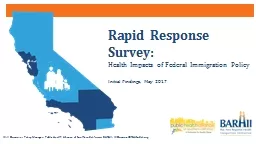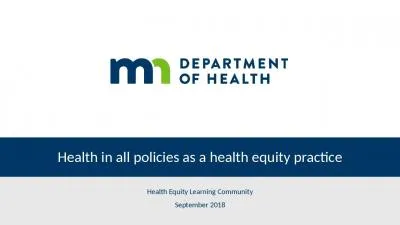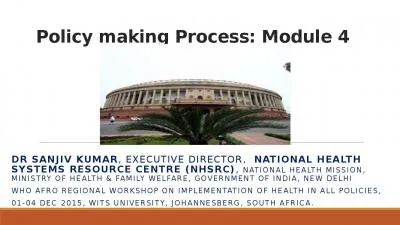PDF-Health Policy
Author : mitsue-stanley | Published Date : 2015-09-07
wwwthelancetcomVol 369 March 24 2007 Development of a rational scale to assess the harm of drugs David Nutt Leslie A King William Saulsbury Colin Blakemore Drug
Presentation Embed Code
Download Presentation
Download Presentation The PPT/PDF document "Health Policy" is the property of its rightful owner. Permission is granted to download and print the materials on this website for personal, non-commercial use only, and to display it on your personal computer provided you do not modify the materials and that you retain all copyright notices contained in the materials. By downloading content from our website, you accept the terms of this agreement.
Health Policy: Transcript
Download Rules Of Document
"Health Policy"The content belongs to its owner. You may download and print it for personal use, without modification, and keep all copyright notices. By downloading, you agree to these terms.
Related Documents

